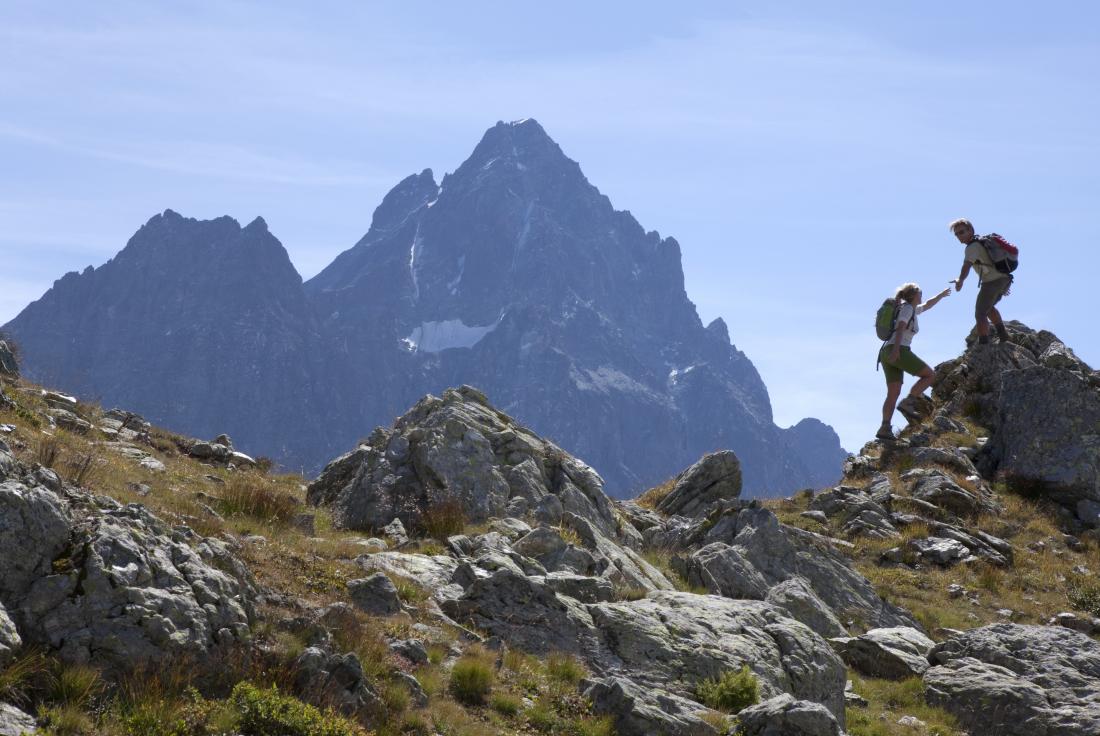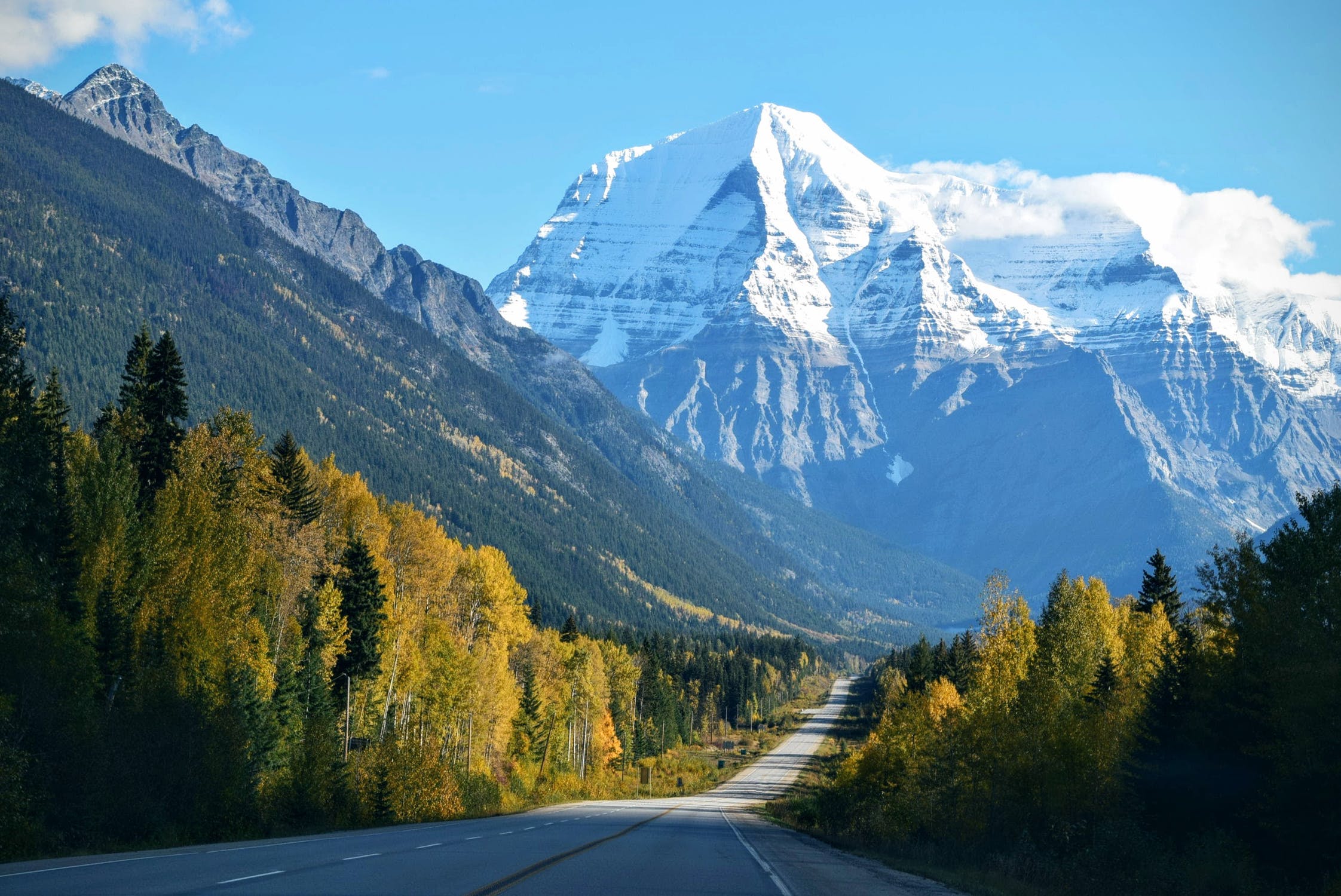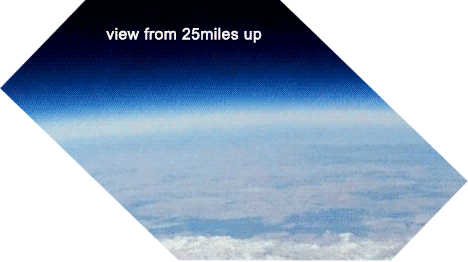

bluish discolouration of the skin (cyanosed)īoth conditions are an emergency and can quickly result in death descending to a lower altitude must be carried out immediately.breathlessness even when you are resting.HAPE is caused by fluid gathering in your lungs. unsteadiness or not being able to walk in a straight line.If the signs of AMS are ignored and you continue to go higher, you are at risk of developing life threatening altitude sickness, High Altitude Cerebral Oedema (HACE) and/or High Altitude Pulmonary Oedema (HAPE). There is no evidence that this prevents AMS and should not be taken to treat or prevent AMS. In South America, Coca tea or Mate de Coca is sometimes suggested for preventing AMS.
#High altitude professional#
You should speak with a travel health professional who will be able to advise further on using Diamox. Acetazolamide does not replace the need to acclimatise through a gradual assent.It might be recommended if you have had AMS before or if a gradual ascent is not possible It works by speeding up the processes your body goes through to acclimatise to high altitude. once your symptoms have gone and you have fully recovered you can ascend againĪcetazolamide (Diamox) is a medicine that is sometimes taken to prevent AMS.if your symptoms of AMS do not improve over a day, then you should descend 500 to 1,000m to a lower altitude.take painkillers to treat any headache e.g.you should rest at that altitude you are at and not go any higher.be aware of the signs and symptoms of AMS and let someone you are travelling with know that you are beginning to feel unwell.you may need to drink 4 to 5 litres of safe water to avoid getting dehydrated.make sure you drink enough water so you do not get dehydrated.not sleep more than 500m higher than you slept the night before.The Wilderness Medical Society recommend that once you are at an altitude of 2,500m, you should: The major cause of AMS is going too high too quickly. If you are climbing or trekking, then a slow, gradual ascent is advised.If you can, avoid flying directly to somewhere at high altitude, but if unavoidable acclimatise before any further ascent.Take the first 2 to 3 days to acclimatise to being at altitudes below 2500m before going any higher.You can do this by not travelling too quickly to altitudes above 2,500m The best way to prevent AMS is to give your body enough time to acclimatise to being at a higher altitude. If symptoms of AMS are ignored, you can go on to develop more severe and life threatening types of mountain sickness called HAPE or HACE.


Symptoms can be mild to begin with, often being likened to having a hangover. Symptoms of AMS do not usually happen immediately but start to show a few hours after being at a high altitude. Even if you are physically fit, you can still suffer from AMS. Altitude sickness can develop very quickly and can be life threatening.Īcute Mountain Sickness (AMS) is more likely to occur if you go to high altitude too quickly and there is not enough time to acclimatise properly.Altitude sickness usually happens at levels above 2,500m. If your body does not get enough time to acclimatise to being at high altitude, you can develop altitude sickness (sometimes called mountain sickness). The process of your body adapting to the lower oxygen levels is called acclimatisation and it takes about 3 to 5 days.

We need oxygen for our bodies to work properly. At altitude the air pressure is lower and this means there is less oxygen available to your body when you breath.


 0 kommentar(er)
0 kommentar(er)
